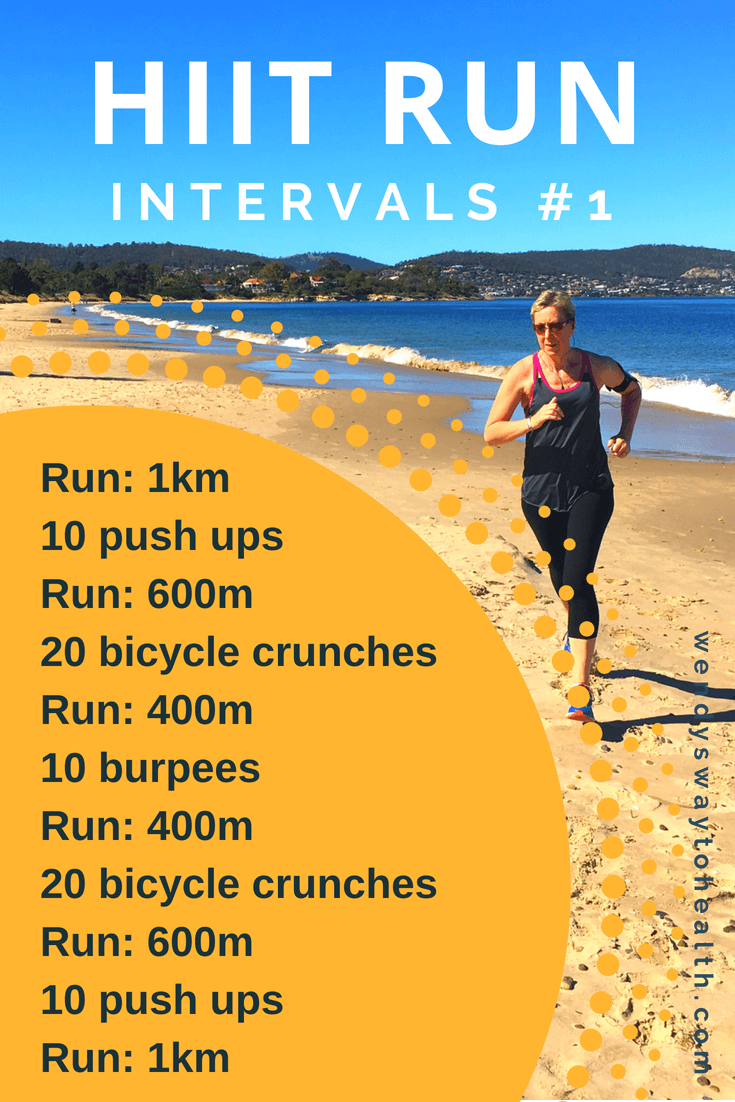Master Your Running Workout: Reliable Strategies for Success
Master Your Running Workout: Reliable Strategies for Success
Blog Article
How to Avoid and Handle Discomfort in Running: Specialist Tips and Suggestions
The pursuit of that runner's high can often be hindered by the undesirable buddy of pain. There exist proven strategies and professional suggestions that can assist mitigate and manage these pains, allowing you to focus on the delight of running itself.
Significance of Proper Shoes
Proper footwear plays a vital duty in stopping and managing pain for runners, as it significantly influences their comfort, performance, and general foot wellness. When it pertains to running, wearing the right shoes can make all the distinction. Uncomfortable or inappropriate footwear can result in a host of issues such as sores, shin splints, plantar fasciitis, and much more extreme injuries like stress fractures.
Selecting the correct running footwear includes taking into consideration factors such as foot type, stride technicians, running terrain, and personal preferences. Runners with high arches might require even more padding and support, while those with flat feet could benefit from security footwear. Additionally, understanding pronation (the internal rolling of the foot) and supination (the exterior rolling of the foot) can help in choose shoes that provide the right degree of arch assistance.
Purchasing top quality operating shoes that are ideal for your individual needs can aid prevent pain and discomfort while enhancing your running experience. Focusing on correct shoes is not practically performance but also about safeguarding your foot wellness in the future.

Efficient Workout Strategies
A vibrant warm-up regimen before a run aids enhance blood circulation to the muscles, boosts versatility, and boosts the variety of motion of the joints. Dynamic extends like leg swings, high knees, and hip circles are beneficial in preparing the body for the physical needs of running.
In addition to vibrant stretches, incorporating some light cardio workouts such as jogging or missing rope can even more raise the heart rate and warm up the body. This mix of vibrant extending and light cardio helps loosen up limited muscle mass, oil the joints, and psychologically prepares the runner for the upcoming exercise (running strategy). By making warm-ups a constant component of your running regimen, you can dramatically minimize the threat of injuries and carry out at your finest throughout each run
Key Stretching Workouts
When getting ready for a run, including essential extending workouts is necessary to improve muscular tissue adaptability and avoid injuries - Read More. Dynamic stretches such as leg swings, high knees, and hip circles are beneficial for heating up the muscles and boosting series of movement prior to a run. These activities assist boost blood flow, loosen limited muscular tissues, and prepare the body for the activity in advance
Static stretches like calf bone stretches, hamstring stretches, and quadriceps stretches ought to adhere to a go to assist in muscle recovery and avoid rigidity. Holding each go for 15-30 seconds allows the muscular tissues to relax and elongate, lowering the risk of post-run discomfort and prospective injuries.
Additionally, integrating yoga exercise postures like descending dog, pigeon position, and back spins can target multiple muscle groups all at once, promoting overall flexibility and stamina. Constant extending regimens not just enhance performance but also help in preserving great running type and protecting against overuse injuries. Remember, proper stretching techniques are vital for a secure and delightful running experience.
Recovery and Relax Strategies
After finishing a run, implementing effective healing and remainder techniques is necessary for making the most of performance and minimizing the risk of injuries. One essential aspect of recovery is permitting the body time to relax and repair itself. Adequate sleep is paramount as it is during rest that muscular tissues recoup and expand stronger. Additionally, including day of rest into your training schedule is vital to protect against overuse injuries and burnout.
Active recovery methods such as mild extending, foam rolling, and yoga exercise can assist enhance blood circulation, lower this muscular tissue discomfort, and enhance versatility. It is also helpful to prioritize hydration and nutrition post-run to replenish electrolytes, glycogen shops, and advertise muscle healing.
Cross-training tasks like swimming or biking can provide a break from the repeated effect of running while still keeping cardiovascular health and fitness - running workout. Paying attention to your body and acknowledging when it requires a break is crucial to stop persistent injuries and ensuring long-term running success. Bear in mind, rest is not an indication of weakness however a vital element of a well-shaped training regimen
Cross-Training Advantages

It enables you to work on different facets of fitness that may not be targeted exclusively via running, leading to a more balanced and well-rounded professional athlete. Additionally, cross-training can aid improve running efficiency by dealing with muscle inequalities and weaknesses that might prevent performance.
Verdict
In final thought, correct footwear, warm-up strategies, stretching workouts, recuperation approaches, and cross-training are crucial components in stopping and managing pain in running. By integrating these practices into your regimen, you can decrease the risk of injury and discomfort while maximizing performance and satisfaction of the sport. Read More. Bear in mind to listen to your body, focus on remainder and recovery, and seek expert assistance when required to make sure a risk-free and efficient running experience
Report this page